The check engine light in a car illuminates to signal potential issues with the vehicle’s engine or emissions system, requiring diagnostics and potential repairs. Sometimes minor issues can also be a reason for the check engine light on.
Almost similar reasons work to glow the check engine light of 2014 Jeep Grand Cherokee. But some common reasons can be a faulty fuel injection system, head gasket issue, faulty emissions control part, damaged oxygen sensor, dirty mass airflow sensor, defective spark plugs, Bad Oil Temperature Sensor, and Bad Thermostat.
In this discussion, we will discuss all these facts with some symptoms and a short solution. For detailed solutions, you may read our other discussions on the topic. So, let’s start.
2014 Jeep Grand Cherokee Check Engine Light On: Symptoms And Solution
| Problem | Symptoms | Causes |
|---|---|---|
| Fuel Injection System | Poor fuel efficiency, rough idling, stalling | Fuel leaks, loose connections, injector issues |
| Faulty Head Gasket | Overheating, white smoke, coolant loss | Overheating, head gasket damage, oil and coolant mixing |
| Emissions Control Part | Increased emissions, poor fuel economy | Malfunctioning emissions components |
| Damaged Oxygen Sensor | Reduced fuel efficiency, rough idling | Faulty oxygen sensor |
| Dirty Mass Airflow Sensor | Poor engine performance, decreased fuel efficiency | MAF sensor inaccuracies |
| Defective Spark Plugs | Misfires, rough idling, poor performance | Worn or defective spark plugs |
| Bad Thermostat | Engine takes too long to warm up, overheating | Stuck thermostat |
| Bad Oil Temperature Sensor | Incorrect oil temperature readings, engine performance issues | Faulty oil temperature sensor |
Here are detailed explanations of some common reasons for a Check Engine Light (CEL) and step-by-step solutions for each issue:
Malfunction with the Fuel Injection System
In a 2014 Jeep Grand Cherokee, a fuel injection system malfunction can disrupt the precise delivery of fuel to the engine.
This can lead to a lean or rich fuel mixture, causing poor combustion.
The engine control module (ECM) detects this problem and triggers the CEL to warn the driver of reduced fuel efficiency, rough idling, or potential damage to the engine.
- Symptoms: Poor fuel efficiency, rough idling, or stalling.
- Solution:
- Check for visible signs of fuel leaks or loose connections.
- Use an OBD-II scanner to retrieve error codes. These codes will provide specific information about the problem.
- Replace or repair the faulty fuel injectors, fuel pressure regulator, or fuel pump as indicated by the error codes.
Faulty Head Gasket
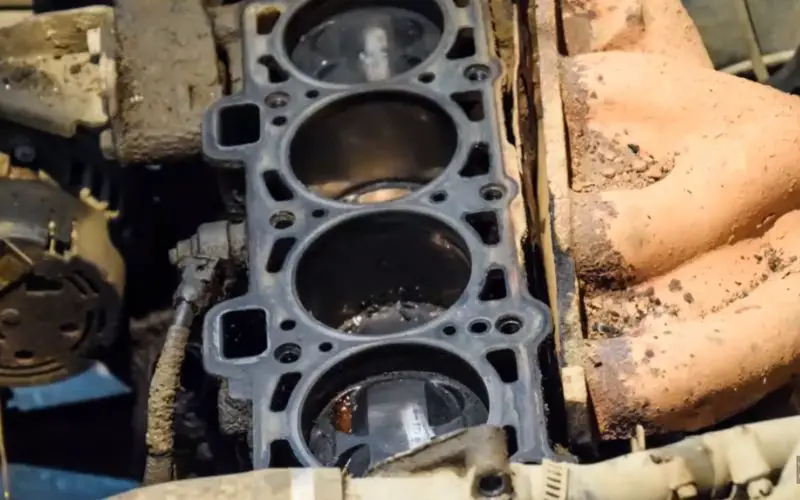
A faulty head gasket in the Jeep Grand Cherokee can result in coolant and oil mixing, leading to engine overheating and white smoke from the exhaust.
The ECM monitors engine temperature and may trigger the CEL when it detects abnormal coolant temperature or exhaust gas composition due to head gasket failure. And these can be a cause of the Check engine light on.
- Symptoms: Overheating, white smoke from the exhaust, coolant loss, or oil contamination.
- Solution:
- Perform a compression test to confirm head gasket damage.
- If the head gasket is found to be faulty, it needs to be replaced.
- Inspect the cylinder head for any damage or warping and resurface it if necessary.
- After reassembly, ensure proper torquing of the head bolts and use a new head gasket.
Faulty Emissions Control Part
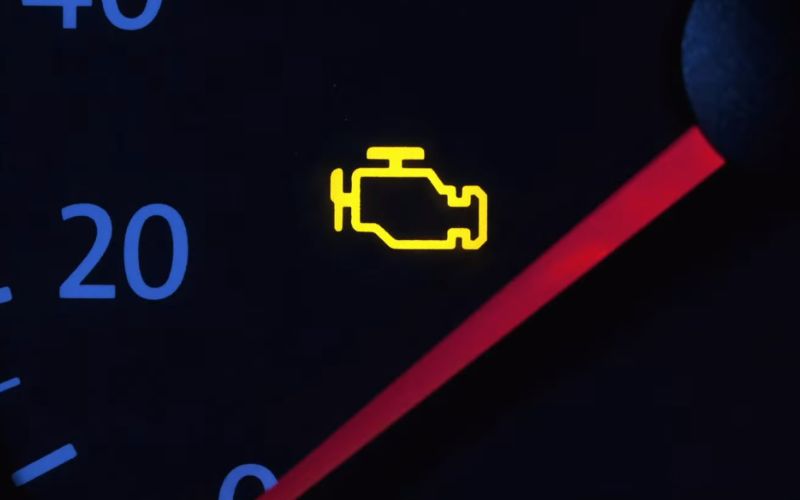
The emissions control system in the 2014 Jeep Grand Cherokee includes components like the catalytic converter, EGR valve, and EVAP system. If any of these components malfunction or become clogged, the ECM detects higher emissions and triggers the CEL to notify the driver of potential emissions-related issues.
- Symptoms: Increased emissions, poor fuel economy, and a decrease in engine performance.
- Solution:
- Use an OBD-II scanner to identify the specific emission-related error code.
- Inspect the affected emission control component, such as the catalytic converter, EGR valve, or EVAP system.
- Replace the faulty component or clean it as necessary.
Damaged Oxygen Sensor
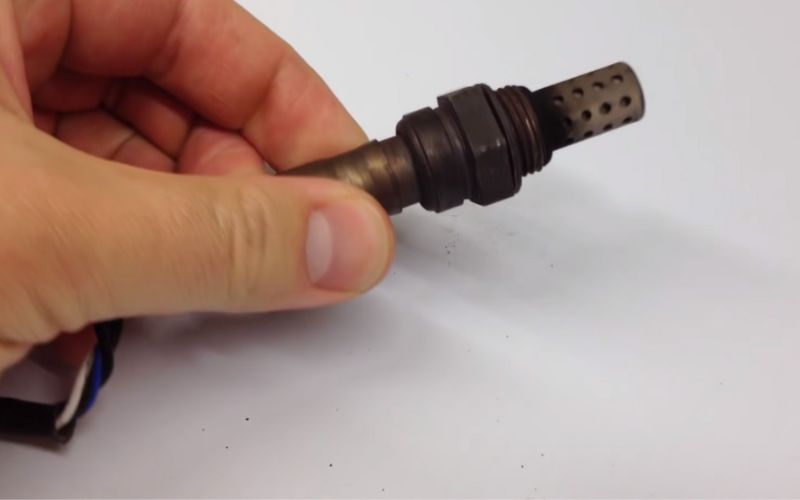
The Jeep Grand Cherokee has oxygen sensors before and after the catalytic converter, which monitor the exhaust gases. A damaged oxygen sensor may provide inaccurate data to the ECM.
If the oxygen sensor fails or becomes sluggish, the ECM may illuminate the CEL to indicate problems with emissions control and fuel mixture.
- Symptoms: Decreased fuel efficiency, rough idling, and higher emissions.
- Solution:
- Use an OBD-II scanner to identify the faulty oxygen sensor(s).
- Locate the damaged sensor, typically before the catalytic converter or after it.
- Disconnect the sensor’s electrical connector and use an appropriate tool to remove it.
- Install a new oxygen sensor and connect it properly.
Dirty Mass Airflow Sensor (MAF)
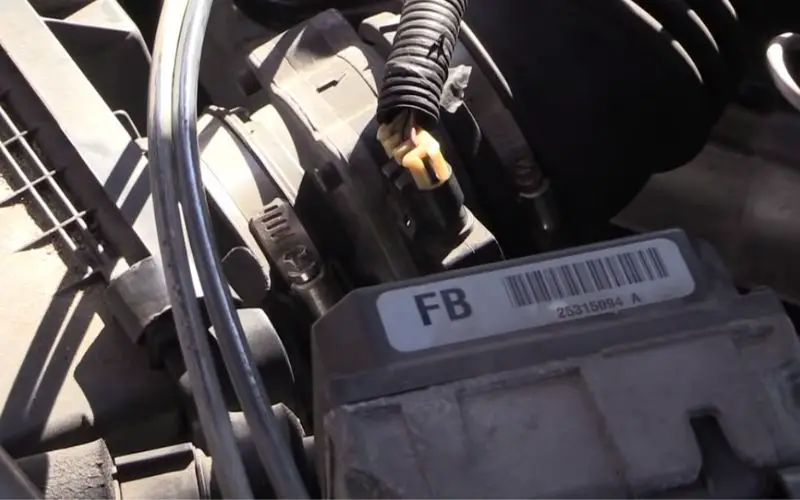
The Mass Airflow Sensor (MAF) measures the amount of air entering the engine. Inaccurate MAF sensor readings can lead to incorrect air-fuel mixtures and hinder engine performance.
When the ECM detects discrepancies in the MAF sensor data, it may activate the CEL to alert the driver to potential fuel delivery issues.
- Symptoms: Poor engine performance, hesitation, and decreased fuel efficiency.
- Solution:
- Locate the MAF sensor, which is usually positioned in the intake air duct.
- Disconnect the electrical connector and carefully remove the MAF sensor.
- Clean it with MAF sensor cleaner, following the manufacturer’s instructions.
- Reinstall the MAF sensor and reconnect the electrical connector.
Defective Spark Plugs
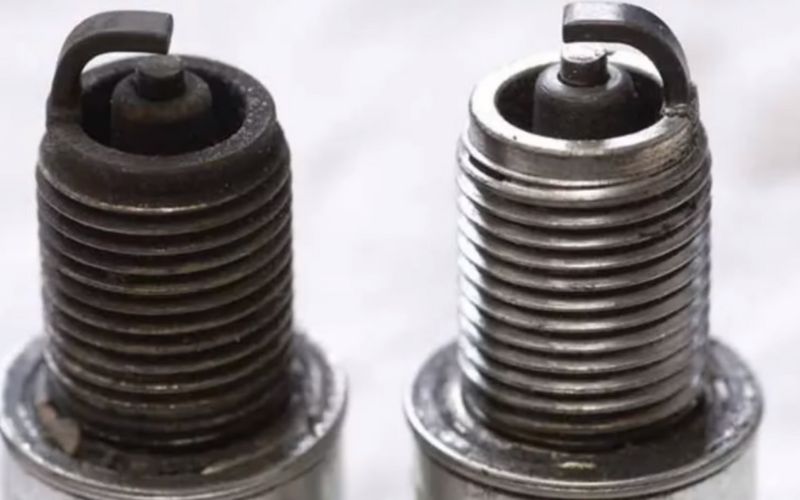
In the Jeep Grand Cherokee, defective spark plugs can cause engine misfires, leading to rough idling, poor performance, and increased emissions. The ECM monitors engine performance and may illuminate the CEL if it detects misfires or reduced combustion efficiency due to worn or defective spark plugs.
- Symptoms: Misfires, rough idling, and reduced engine performance.
- Solution:
- Access the spark plugs, typically found on the cylinder head.
- Carefully remove the spark plug wires or coil packs.
- Use a spark plug socket to remove the old spark plugs.
- Inspect the old plugs for signs of damage or wear and replace them with new ones of the correct specification.
- Reinstall the spark plugs, tighten them to the specified torque, and reconnect the wires or coil packs.
Bad Thermostat
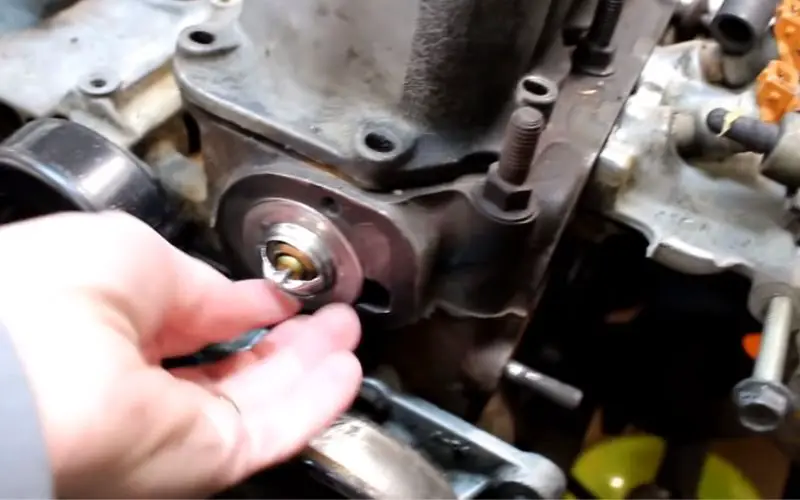
A malfunctioning thermostat in the Jeep Grand Cherokee can disrupt the engine’s cooling system. It may get stuck in either the open or closed position, affecting the engine’s operating temperature.
The engine control module (ECM) monitors the engine temperature. If the thermostat is stuck open, the engine may take longer to warm up, resulting in reduced fuel efficiency.
If it’s stuck closed, the engine can overheat, which may trigger the CEL to warn the driver of potential overheating issues.
- Symptoms: The engine takes too long to warm up, or it overheats, which may also result in poor fuel efficiency.
- Solution:
- Allow the engine to cool completely before working on it.
- Locate the thermostat housing, which is often found near the engine’s water pump.
- Drain some coolant to relieve pressure and reduce the mess during the replacement.
- Remove the thermostat housing and extract the old thermostat.
- Replace the old thermostat with a new one that matches your vehicle’s specifications.
- Ensure the thermostat gasket is in good condition or replace it if necessary.
- Reinstall the thermostat housing and torque the bolts to the manufacturer’s specifications.
- Refill the cooling system with the appropriate coolant mixture.
Bad Oil Temperature Sensor
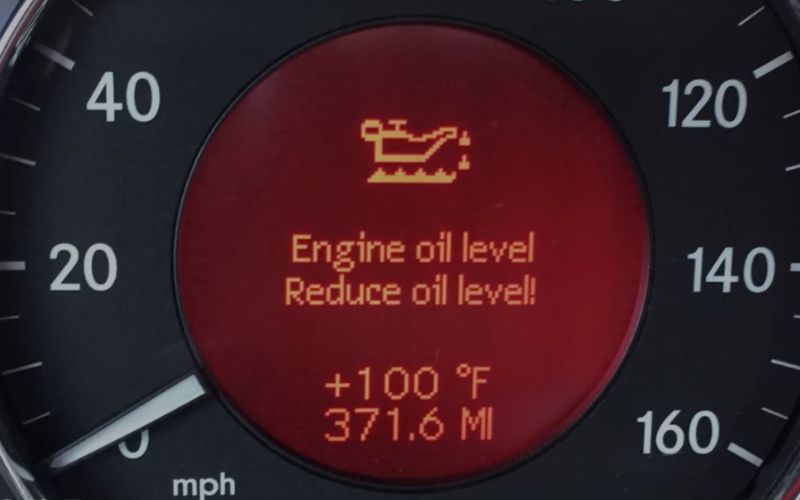
The oil temperature sensor in the Jeep Grand Cherokee monitors the temperature of the engine’s oil. If the sensor fails or provides inaccurate readings, it can affect engine performance and longevity.
When the ECM receives data indicating abnormal oil temperature or a sensor failure, it may activate the CEL to inform the driver of potential problems related to oil quality, lubrication, or engine wear.
- Symptoms: Incorrect oil temperature readings, which may lead to engine performance issues or increased wear on engine components.
- Solution:
- Locate the oil temperature sensor, which is typically installed in or near the engine oil pan.
- Disconnect the electrical connector attached to the sensor.
- Use an appropriate wrench or socket to remove the oil temperature sensor.
- Inspect the sensor for visible damage or signs of oil contamination.
- Replace the faulty sensor with a new one that matches your vehicle’s specifications.
- Reconnect the electrical connector to the new sensor.
- Clear any stored error codes using an OBD-II scanner.
- Start the engine and verify that the Check Engine Light is no longer illuminated and that the oil temperature readings are accurate.
A small warning, when dealing with Check Engine Light issues, it’s essential to use an OBD-II scanner to identify the specific error codes before attempting any repairs. These codes provide valuable information and can guide you to the exact problem within the engine or emissions system.
Conclusion
That was all for today. Hope you can now troubleshoot your 2014 Jeep Grand Cherokee check light easily. Thanks for reading.


Leave a Reply